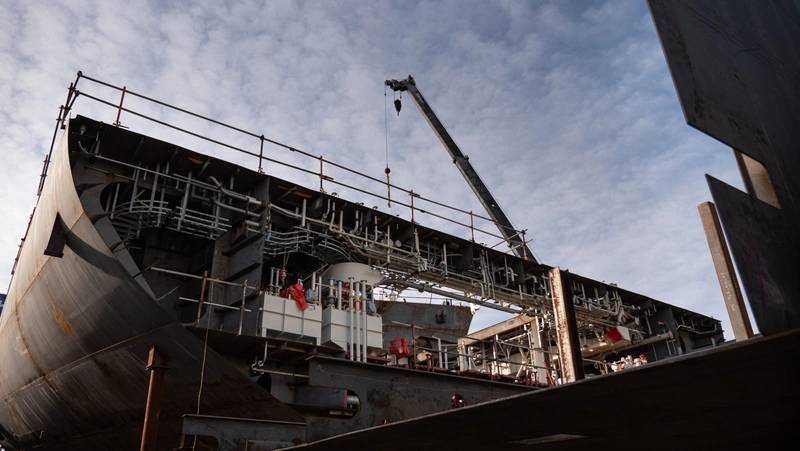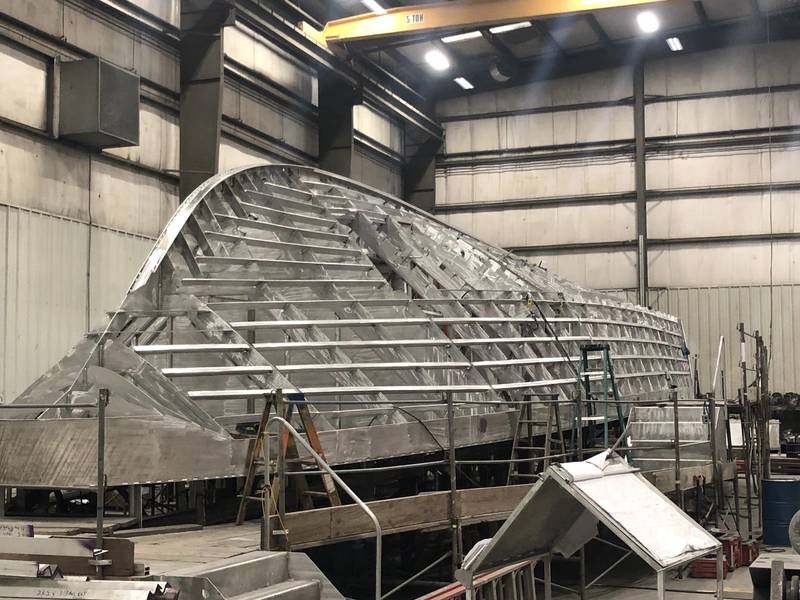A small point of detail since I researched standardized shipping containers a few years ago (in the context of certain...debates people were having about Star Citizen).
The MV Dali has a rated capacity of 9,971 TEU, which has led to many media outlets saying things along the line of it carrying almost 10,000 standard shipping containers and that it was only half loaded with approximately 4,700 containers on board. This is incorrect. The TEU rating of a ship is equal to roughly half the number of standard forty-foot "conex" containers it can hold, because TEU stands for "Twenty Foot Equivalent Unit". Container ships are rated in TEU because smaller twenty foot containers are also used in shipping, and it's more convenient to count those as one unit and a standard container as two units.
(For the record, a standard conex is forty feet long by eight feet wide and eight and a half feet tall, while "high cube" containers are one foot taller than regular ones. Conexes are secured using twist-lock connectors on all four corners and can generally be stacked up to nine or ten units high, although this may be less for containers with unusually heavy contents. A pair of twenty-foot conexes can be stacked directly with a single forty, whereas other sizes such as fifty-threes and sixties are rare because they have to be seperate stacks.)
TL;DR: A container ship will typically carry a mix of forty and twenty foot containers, but the majority will be forties. This means that the approximately 4,700 containers that the MV Dali is stated to have been carrying is in fact a typical full cargo load, not a half-empty partial load.
The MV Dali has a rated capacity of 9,971 TEU, which has led to many media outlets saying things along the line of it carrying almost 10,000 standard shipping containers and that it was only half loaded with approximately 4,700 containers on board. This is incorrect. The TEU rating of a ship is equal to roughly half the number of standard forty-foot "conex" containers it can hold, because TEU stands for "Twenty Foot Equivalent Unit". Container ships are rated in TEU because smaller twenty foot containers are also used in shipping, and it's more convenient to count those as one unit and a standard container as two units.
(For the record, a standard conex is forty feet long by eight feet wide and eight and a half feet tall, while "high cube" containers are one foot taller than regular ones. Conexes are secured using twist-lock connectors on all four corners and can generally be stacked up to nine or ten units high, although this may be less for containers with unusually heavy contents. A pair of twenty-foot conexes can be stacked directly with a single forty, whereas other sizes such as fifty-threes and sixties are rare because they have to be seperate stacks.)
TL;DR: A container ship will typically carry a mix of forty and twenty foot containers, but the majority will be forties. This means that the approximately 4,700 containers that the MV Dali is stated to have been carrying is in fact a typical full cargo load, not a half-empty partial load.
Last edited:


